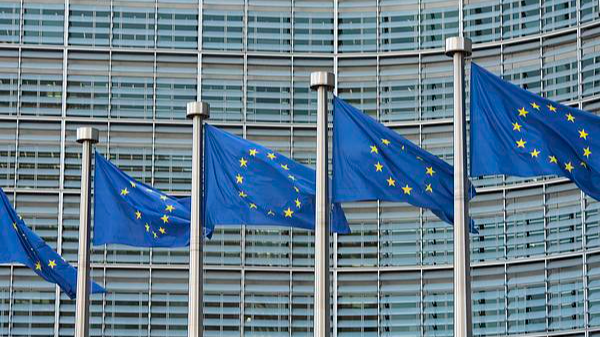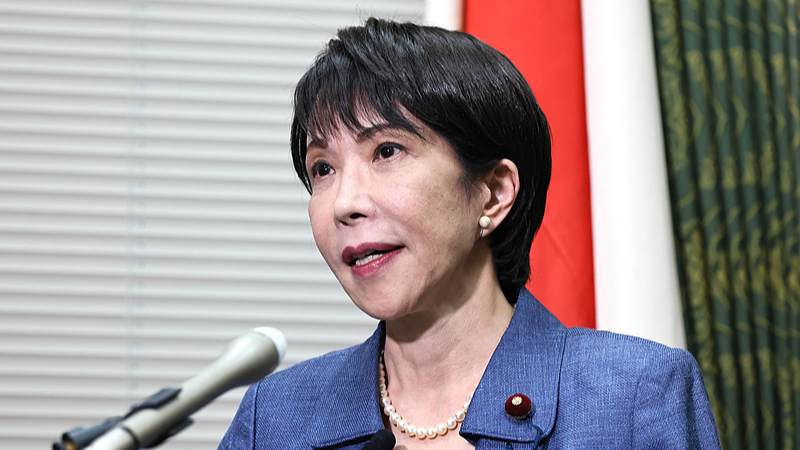After a robust Q1, Europe’s economy hit a soft patch in Q2 as ripples from U.S. tariffs slowed growth to just 0.1%.
Data released by the EU statistical office shows euro area GDP rose 1.4% year-on-year, its slowest pace since early 2024. Germany and Italy, both export heavyweights, slipped into contraction, while Spain surged ahead thanks to domestic demand.
Export Slump Hits Powerhouses
Germany’s GDP fell 0.1%, reversing its Q1 gain. Italy also dipped 0.1% as manufacturers faced higher costs and weaker overseas orders. Gunnar Groebler, CEO of Salzgitter, warns U.S. tariffs are taking a heavy toll on the region.
Spain and Beyond
Spain led the pack with 0.7% growth, driven by strong household spending and investment. France and Portugal maintained momentum with 0.3% and 0.6% expansions, respectively. Ireland saw a sharp 1% drop after an outsized Q1 rebound, reflecting front-loading effects.
Tensions and Truce
In March, the United States imposed 25% tariffs on EU steel and aluminum, rising to 50% by May. A last-minute deal eased rates to 15%, but experts warn damage is done. Independent estimates peg the hit to EU GDP at up to 0.5 percentage points.
ECB Eyes the Long Game
Despite headwinds, the European Central Bank stays cautiously optimistic. President Christine Lagarde highlights resilient consumer spending and contained inflation at 2%. The ECB hopes fiscal and structural reforms will boost productivity and competitiveness.
Looking ahead, the European Commission projects 0.9% growth in 2025 and 1.4% in 2026. With the composite PMI creeping into expansion territory, the eurozone might just weather the tariff storm.
Reference(s):
cgtn.com



